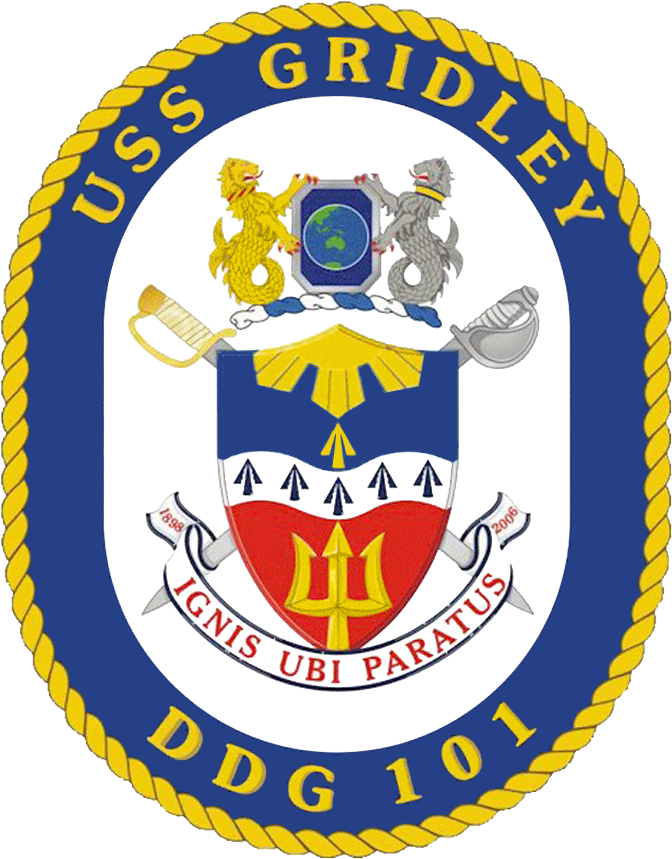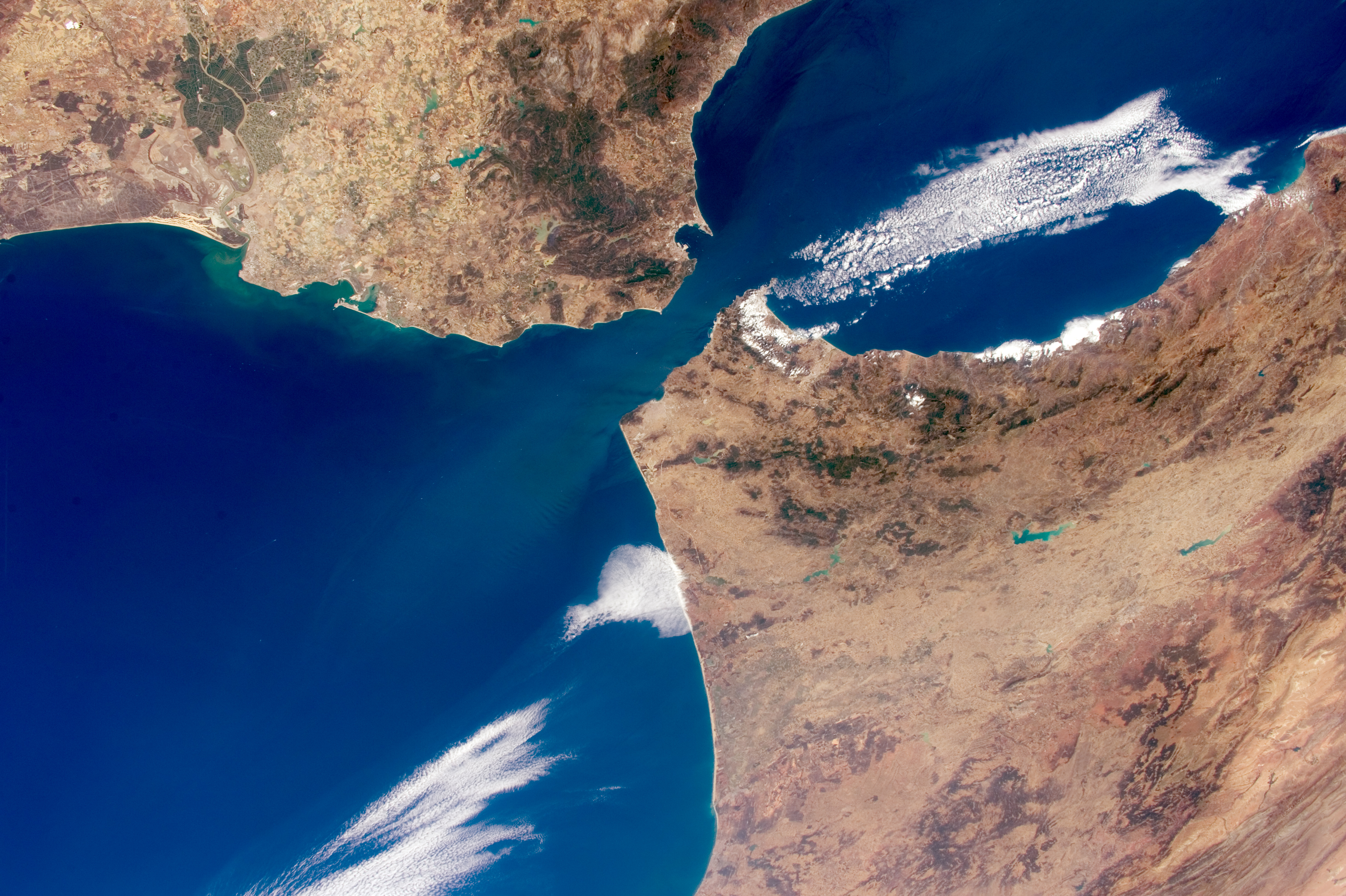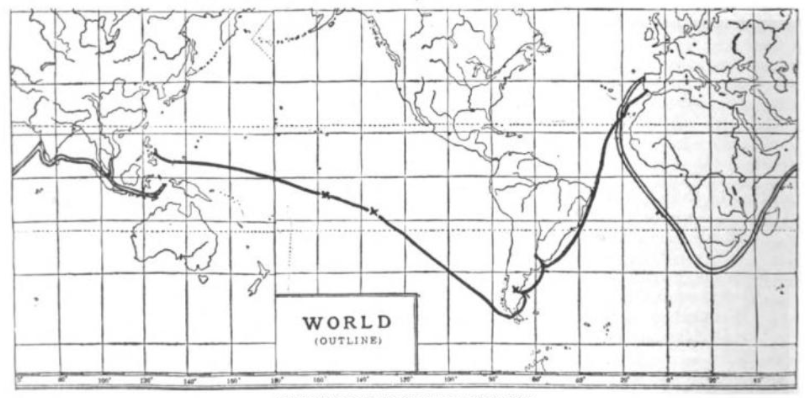|
Surigao Strait
Surigao Strait (Filipino: ''Kipot ng Surigaw'') is a strait in the southern Philippines, between the Bohol Sea and Leyte Gulf of the Philippine Sea. Geography It is located between the regions of Visayas and Mindanao. It lies between northern Mindanao Island and Panaon Island, and between the Dinagat Islands and Leyte island. The strait is deep but has a strong current, up to . The northern entrance of the Surigao Strait is marked by a navigation light on Suluan Island. The Hibuson island lies at the north end of the Surigao Strait. Transport It is regularly crossed by numerous ferries that transport goods and people between Visayas and Mindanao. The ferries stop at Liloan, Southern Leyte and Surigao City in Surigao del Norte. Etymology According to legend, the strait was named after Solibao, a Negrito chieftain, who lived at the outlet of the Surigao River. Migrating Visayan fishermen gradually formed a settlement there, and when Spanish explorers visited the plac ... [...More Info...] [...Related Items...] OR: [Wikipedia] [Google] [Baidu] [Amazon] |
USS Gridley (DDG-101)
The fourth USS ''Gridley'' (DDG-101) is an ''Arleigh Burke-class destroyer, Arleigh Burke-class'' (Arleigh Burke-class destroyer#Characteristics, Flight IIA) Aegis combat system, Aegis guided missile destroyer in the United States Navy. ''Gridley'' is named after Captain (U.S. Navy), Captain Charles Vernon Gridley, Charles Gridley, Commander of Admiral George Dewey's flagship , (Flag Captain) and recipient of Admiral Dewey's famous command, "You may fire when you are ready, Gridley" in the Battle of Manila Bay during the Spanish–American War. Construction and career In May 2004, the United States Secretary of the Navy, Secretary of the Navy announced the names of five new ''Arleigh Burke''-class destroyers, including ''Gridley''. Her keel was laid on 30 July 2004 at the Bath Iron Works in Bath, Maine, Bath, Maine. She was christened on 11 February 2006. The ''Gridley'' was commissioned at the Port of Miami on Saturday, 10 February 2007. She has joined the U.S. Pacific Fleet ... [...More Info...] [...Related Items...] OR: [Wikipedia] [Google] [Baidu] [Amazon] |
Surigao City
Surigao City, officially the City of Surigao ( Surigaonon: ''Siyudad nan Surigao''; ; ), is a component city and capital of the province of Surigao del Norte, Philippines. It is the most populous in the province with a population of 171,107 people according to the 2020 census. The city is located at the north-easternmost tip of Mindanao with a total land area of 245.34 km2 which is roughly 1.4% of the Caraga region. The absence of a fort in Surigao belies its significance and sphere of influence during the Spanish period. It was the capital of the expansive province of the same name from 1750 until its dissolution in 1911, covering a third of Mindanao Island's total land area. It is one of the oldest port towns in Mindanao, founded by Spanish colonizers in 1655. It has abundant mineral reserves including gold, iron, manganese, silica, cobalt, copper, chromite and among the world's largest nickel deposits in Nonoc Island. The city has been dubbed the mining capital since 19 ... [...More Info...] [...Related Items...] OR: [Wikipedia] [Google] [Baidu] [Amazon] |
Straits Of The Philippines
A strait is a water body connecting two seas or water basins. The surface water is, for the most part, at the same elevation on both sides and flows through the strait in both directions, even though the topography generally constricts the flow somewhat. In some straits there is a dominant directional current. Most commonly, the strait is a narrowing channel that lies between two land masses. Straits are loci for sediment accumulation, with sand-size deposits usually occurring on the two strait exits, forming subaqueous fans or deltas. Some straits are not navigable because, for example, they are too narrow or too shallow, or because of an unnavigable reef or archipelago. Terminology The terms ''channel'', ''pass'', or ''passage'' can be synonymous and used interchangeably with ''strait'', although each is sometimes differentiated with varying senses. In Scotland, ''firth'' or ''Kyle'' are also sometimes used as synonyms for strait. Many straits are economically important. ... [...More Info...] [...Related Items...] OR: [Wikipedia] [Google] [Baidu] [Amazon] |
Japanese Battleship Fusō
was the lead ship of the two dreadnought battleships built for the Imperial Japanese Navy. Launched in 1914 and commissioned in 1915, she initially patrolled off the coast of China, playing no part in World War I. In 1923, she assisted survivors of the 1923 Great Kantō earthquake, Great Kantō earthquake. ''Fusō'' was modernized in 1930–1935 and again in 1937–1941, with improvements to her armor and propulsion machinery and a rebuilt superstructure in the pagoda mast style. Nonetheless, she was still hampered by slow speed and outclassed by newer Japanese battleships at the beginning of World War II, and played auxiliary roles for most of the war. ''Fusō'' was part of Vice-Admiral Shōji Nishimura's Southern Force at the Battle of Leyte Gulf. She was sunk in the early hours of 25 October 1944 by torpedoes and naval gunfire during the Battle of Surigao Strait. Some reports claimed ''Fusō'' broke in half, and that both halves remained afloat and burning for an hour; ac ... [...More Info...] [...Related Items...] OR: [Wikipedia] [Google] [Baidu] [Amazon] |
Japanese Battleship Yamashiro
was the second of two dreadnought battleships built for the Imperial Japanese Navy. Launched in 1915 and commissioned in 1917, she initially patrolled off the coast of China, playing no part in World War I. In 1923, she assisted survivors of the Great Kantō earthquake. ''Yamashiro'' was modernized between 1930 and 1935, with improvements to her armor and machinery and a rebuilt superstructure in the pagoda mast style. Nevertheless, with only 14-inch guns, she was outclassed by other Japanese battleships at the beginning of World War II, and played auxiliary roles for most of the war. By 1944, though, she was forced into front-line duty, serving as the flagship of Vice-Admiral Shōji Nishimura's Southern Force at the Battle of Surigao Strait, the southernmost action of the Battle of Leyte Gulf. During fierce night fighting in the early hours of 25 October against a superior American and Australian force, ''Yamashiro'' was sunk by torpedoes and naval gunfire. Nishimura went ... [...More Info...] [...Related Items...] OR: [Wikipedia] [Google] [Baidu] [Amazon] |
Shoji Nishimura
A is a door, window or room divider used in traditional Japanese architecture, consisting of translucent (or transparent) sheets on a lattice frame. Where light transmission is not needed, the similar but opaque ''fusuma'' is used (/closet doors, for instance). Shoji usually slide, but may occasionally be hung or hinged, especially in more rustic styles. Shoji are very lightweight, so they are easily slid aside, or taken off their tracks and stored in a closet, opening the room to other rooms or the outside. Fully traditional buildings may have only one large room, under a roof supported by a post-and-lintel frame, with few or no permanent interior or exterior walls; the space is flexibly subdivided as needed by the removable sliding wall panels. The posts are generally placed one ''tatami''-length (about ) apart, and the shoji slide in two parallel wood-groove tracks between them. In modern construction, the shoji often do not form the exterior surface of the building; th ... [...More Info...] [...Related Items...] OR: [Wikipedia] [Google] [Baidu] [Amazon] |
Vice Admiral
Vice admiral is a senior naval flag officer rank, usually equivalent to lieutenant general and air marshal. A vice admiral is typically senior to a rear admiral and junior to an admiral. Australia In the Royal Australian Navy, the rank of Vice Admiral (Australia), vice admiral is held by the Chief of Navy (Australia), Chief of Navy and, when the positions are held by navy officers, by the Vice Chief of the Defence Force (Australia), Vice Chief of the Defence Force, the Chief of Joint Operations (Australia), Chief of Joint Operations, and/or the Chief of Capability Development Group. Vice admiral is the equivalent of Air Marshal (Australia), air marshal in the Royal Australian Air Force and Lieutenant General (Australia), lieutenant general in the Australian Army. Canada In the Royal Canadian Navy, the rank of vice-admiral (VAdm) (''vice-amiral'' or ''Vam'' in French language, French) is equivalent to Lieutenant-General (Canada), lieutenant-general of the Canadian Army and Ro ... [...More Info...] [...Related Items...] OR: [Wikipedia] [Google] [Baidu] [Amazon] |
Cross The T
Crossing the ''T'' or capping the ''T'' is a classic naval warfare tactic used from the late 19th to the mid-20th centuries in which a line of warships crosses in front of a line of enemy ships to allow the crossing line to bring all their guns to bear while it receives fire from only the forward guns of the enemy. It became possible to bring all of a ship's main guns to bear only in the late 19th and the early 20th centuries, with the advent of steam-powered battleships with rotating gun turrets, which were able to move faster and turn more quickly than sailing ships, which had fixed guns facing sideways. Missiles and aircraft largely obsoleted this tactic as long-range strikes are less dependent on the direction the ships are facing. Tactics When going into battle, ships would assume a battle line formation called "line astern", in which one vessel follows another in one or more parallel lines. This allows each ship to fire over wide arcs without lofting salvos of projectil ... [...More Info...] [...Related Items...] OR: [Wikipedia] [Google] [Baidu] [Amazon] |
Jesse B
Jesse may refer to: People * Jesse (biblical figure), father of David in the Bible * Jesse (given name), including a list of people * Jesse (surname), a list of people Music * ''Jesse'' (album), a 2003 album by Jesse Powell * "Jesse" (song), a 1980 song by Carly Simon * "Jesse", a 1973 song by Janis Ian from the 1974 album ''Stars'', also covered by Roberta Flack on ''Killing Me Softly'' and by Joan Baez * "Jesse", a song from the album '' Valotte'' by Julian Lennon * "Jesse", a song from the album ''The People Tree'' by Mother Earth * "Jesse", a song from the album ''The Drift'' by Scott Walker * "Jesse", a song from the album '' If I Were Your Woman'' by Stephanie Mills * "Jesse", a song from the album ''Donda 2'' by Kanye West Other * ''Jesse'' (film), a 1988 American television film * ''Jesse'' (TV series), a sitcom starring Christina Applegate * ''Jesse'' (novel), a 1994 novel by Gary Soto * ''Jesse'' (picture book), a 1988 children's book by Tim Winton * Jes ... [...More Info...] [...Related Items...] OR: [Wikipedia] [Google] [Baidu] [Amazon] |
Battle Of Leyte Gulf
The Battle of Leyte Gulf () 23–26 October 1944, was the largest naval battle of World War II and by some criteria the largest naval battle in history, with over 200,000 naval personnel involved. By late 1944, Japan possessed fewer capital ships (aircraft carriers and battleships) than the Allies of World War II, Allied forces had total aircraft carriers in the Pacific, which underscored the disparity in force strength at that point in the war. After the catastrophic Battle of the Philippine Sea in June 1944, senior Japanese military leaders understood that Japan's remaining naval forces were incapable of achieving a strategic victory against the Allies. However, the Japanese general staff believed that continuing to contest Allied offensives at sea was necessary, in order to both deter a future invasion of mainland Japan and to give the Japanese navy an opportunity to utilize its remaining strength. As a result, the Imperial Japanese Navy () mobilized nearly all of its remaini ... [...More Info...] [...Related Items...] OR: [Wikipedia] [Google] [Baidu] [Amazon] |
Ferdinand Magellan
Ferdinand Magellan ( – 27 April 1521) was a Portuguese explorer best known for having planned and led the 1519–22 Spanish expedition to the East Indies. During this expedition, he also discovered the Strait of Magellan, allowing his fleet to pass from the Atlantic into the Pacific Ocean and perform the first European navigation to Asia via the Pacific. Magellan was killed in battle in the Philippines and his crew, commanded by the Spanish Juan Sebastián Elcano, completed the return trip to Spain in 1522 achieving the first circumnavigation of Earth in history. Born around 1480 into a family of minor Portuguese nobility, Magellan became a skilled sailor and naval officer in service of the Portuguese Crown in Asia. King Manuel I refused to support Magellan's plan to reach the Moluccas, or Spice Islands, by sailing westwards around the American continent. Magellan then proposed the same plan to King Charles I of Spain, who approved it. In Seville, he married, fathere ... [...More Info...] [...Related Items...] OR: [Wikipedia] [Google] [Baidu] [Amazon] |
Visayans
Visayans ( Cebuano: ''mga Bisayà'' ) are a Philippine ethnolinguistic family group or metaethnicity native to the Visayas, to the southernmost islands south of Luzon, and to a significant portion of Mindanao. They are composed of numerous distinct ethnic groups. When taken as a single group, they number around 33.5 million. The Visayans, like the Luzon Lowlanders (Tagalogs, Bicolanos, Ilocanos, etc.) were originally predominantly animist-polytheists and broadly share a maritime culture until the 16th century when the Spanish Empire enforced Catholicism as the state religion. In more inland or otherwise secluded areas, ancient animistic-polytheistic beliefs and traditions either were reinterpreted within a Roman Catholic framework or syncretized with the new religion. Visayans are generally speakers of one or more of the distinct Bisayan languages, the most widely spoken being Cebuano, followed by Hiligaynon (Ilonggo) and Waray-Waray. Terminology "Visayan" is the a ... [...More Info...] [...Related Items...] OR: [Wikipedia] [Google] [Baidu] [Amazon] |









